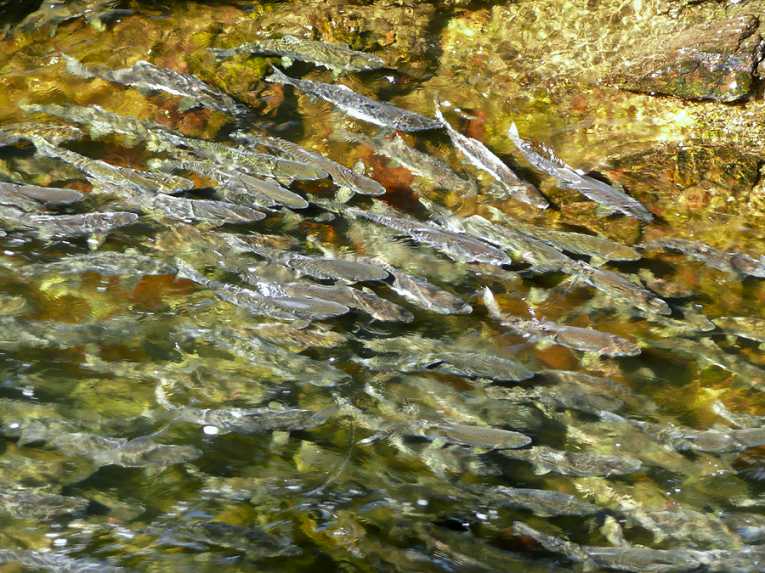After a number of contradictory reports, scientists have correlated sea lice outbreaks with the depletion of wild salmon populations of pink and coho salmon.
The Broughton area is home to almost 100 discreet wild spawning areas in 64 rivers, large enough for there to be control areas for the scientists to include which have no salmon farms at all.
Young salmon making their way out to sea for the first time are particularly vulnerable. Free-swimming larvae of the parasitic sea lice infect juvenile fish, feeding on the surface tissues.
Severe infestation can lead to death. Mortality rates in pink salmon when sea lice are abundant is estimated at 88%, and only 1% when the lice were rare. They can also affect adult fish, and adult coho predating on infected juvenile pink salmon can become infected themselves.Lead author Martin Krkosek, an ecologist at the University of Otago in New Zealand said, "More and more we are learning that intensive aquaculture causes environmental problems for wild salmon populations. Protected areas are needed to conserve remaining wild stocks."
The lice can be controlled by the use of parasiticides, but these are environmentally undesirable and continued usage in other countries has led to resistance arising in the sea lice in only 10 - 15 years. British Columbia salmon farmers have been using these chemicals since 2000, so time may be running out for this as a control mechanism for the lice. Norway is using biological controls in the form of wrasses, fish which will selectively feed on the parasites, but this is not yet widespread.
"Perhaps the only way to keep wild populations of salmon safe is to move aquaculture to a fully controlled and contained system onshore, rather than growing the fish in open pens in the sea, but this would be a far more expensive means of production and it remains to be seen whether the public will pay a premium for a greener fish," said Krkosek, adding, "Wild salmon migratory routes could be protected within Marine Protected Areas where intensive aquaculture is restricted or prohibited."
The paper was published in the Proceedings of the National Academy of Sciences (PNAS) today.
Top Image Credit: Spawning Salmon © Sarahtheo










